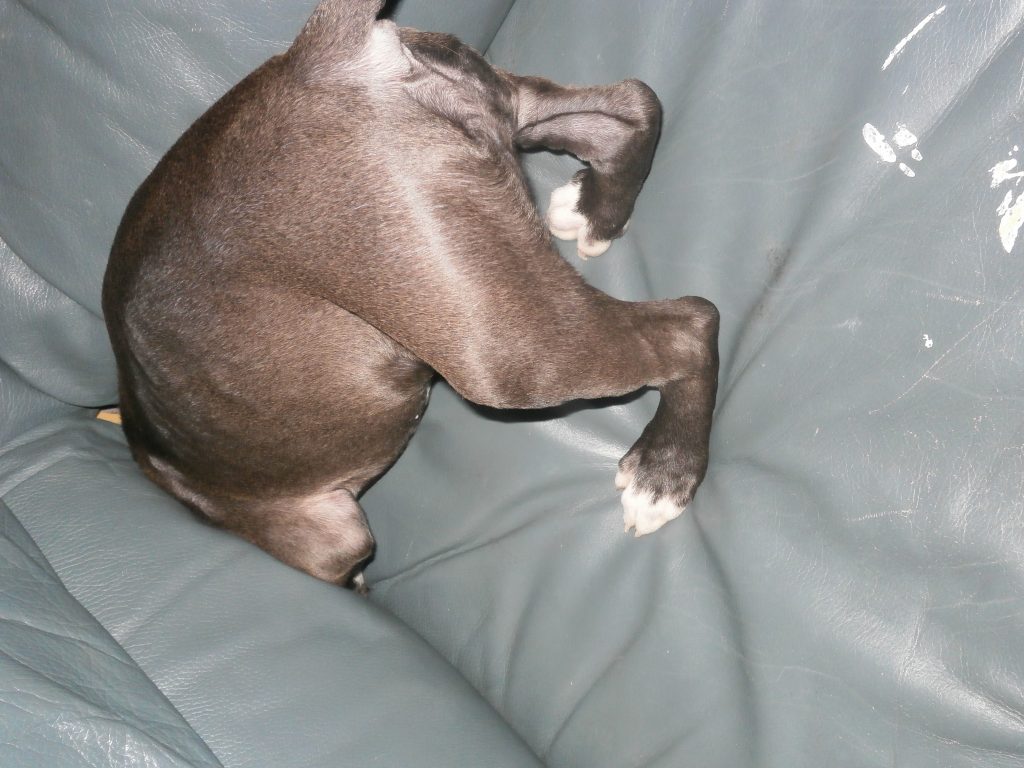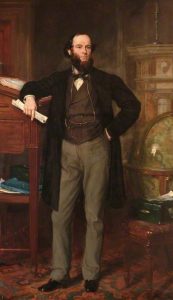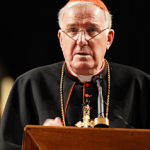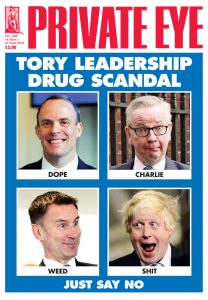The gains from digitisation are obvious: vastly widened accessibility; flexible and precise search tools; in many cases, transparency where before there was only opacity. And of course the welcome chance to stay at home in your dressing gown in front of your computer.
 But even where records are free to search in the monetary sense, there is a cost. And as in the real world, the buyer needs to know exactly what the price is. As the first law of Fish-In-A-Barrel economics states: “Unspecified prices can only rise”.
But even where records are free to search in the monetary sense, there is a cost. And as in the real world, the buyer needs to know exactly what the price is. As the first law of Fish-In-A-Barrel economics states: “Unspecified prices can only rise”.
So picture this: a giant set of Irish administrative records is created, with thousands of people involved. There are plenty of unavoidable human omissions and mistakes. This record-set is then transferred to an archives. Inevitably, a few of the originals fall down the back of the sofa. The surviving records are then microfilmed. Well, most of them are microfilmed. A finding aid is then created to the microfilms. Well, to nearly all of the microfilms.

Years later, these microfilms are digitised, but only the ones covered by the incomplete finding aid. The images are then transcribed – with just a few missed – by people who have never heard of Ireland or Irish surnames and don’t speak English. Then the transcripts are turned into a searchable database by techies who know nothing about administrative records and couldn’t give a hoot about history.
The wonder is that anything useful could emerge from such a process. But this is a description of the creation of the single most important Irish genealogy website, the one that sparked off the revolution that we’re still living through, census.nationalarchives.ie.
The explosion of online access to records is unambiguously wonderful, but it comes at a cost. Every human intervention adds another layer of error, with incremental losses to accuracy and completeness. It is almost always a price well worth paying. But we should never forget that we are paying it.


